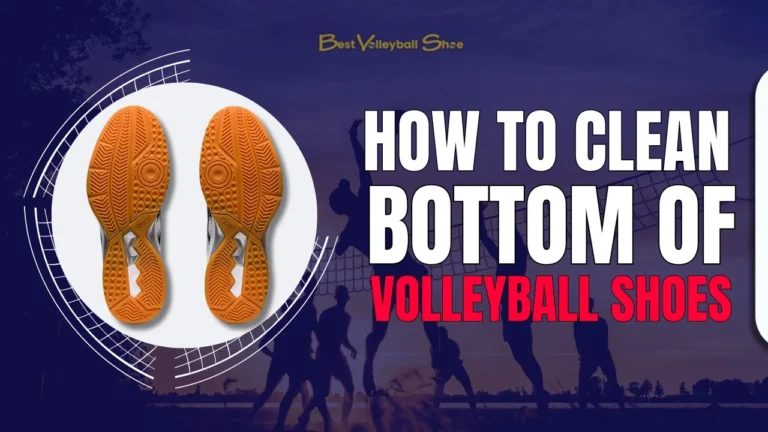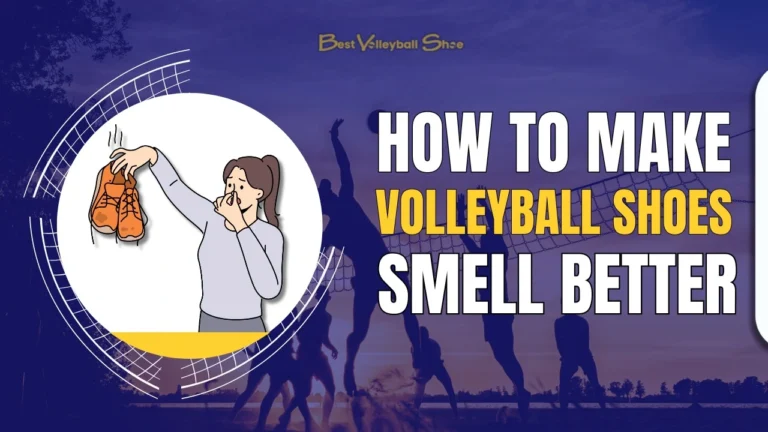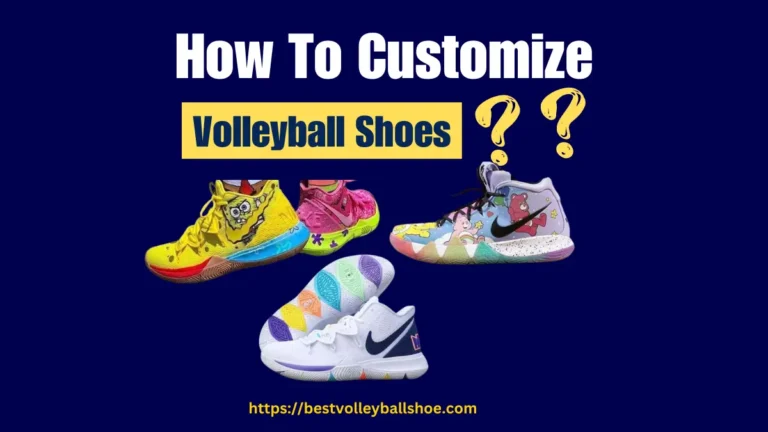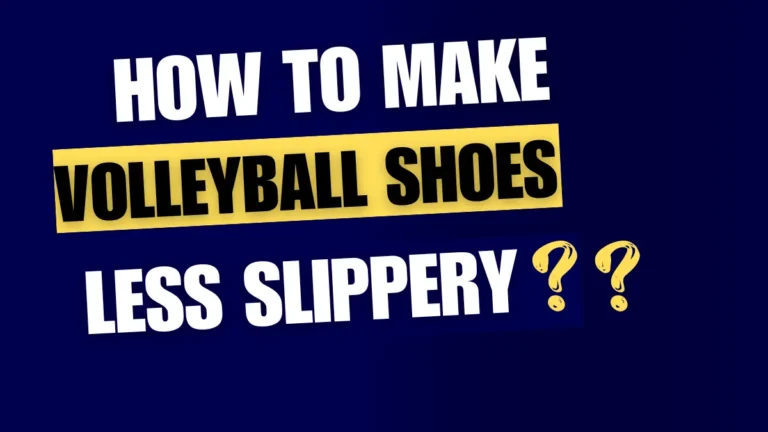How Long Do Volleyball Shoes Last?
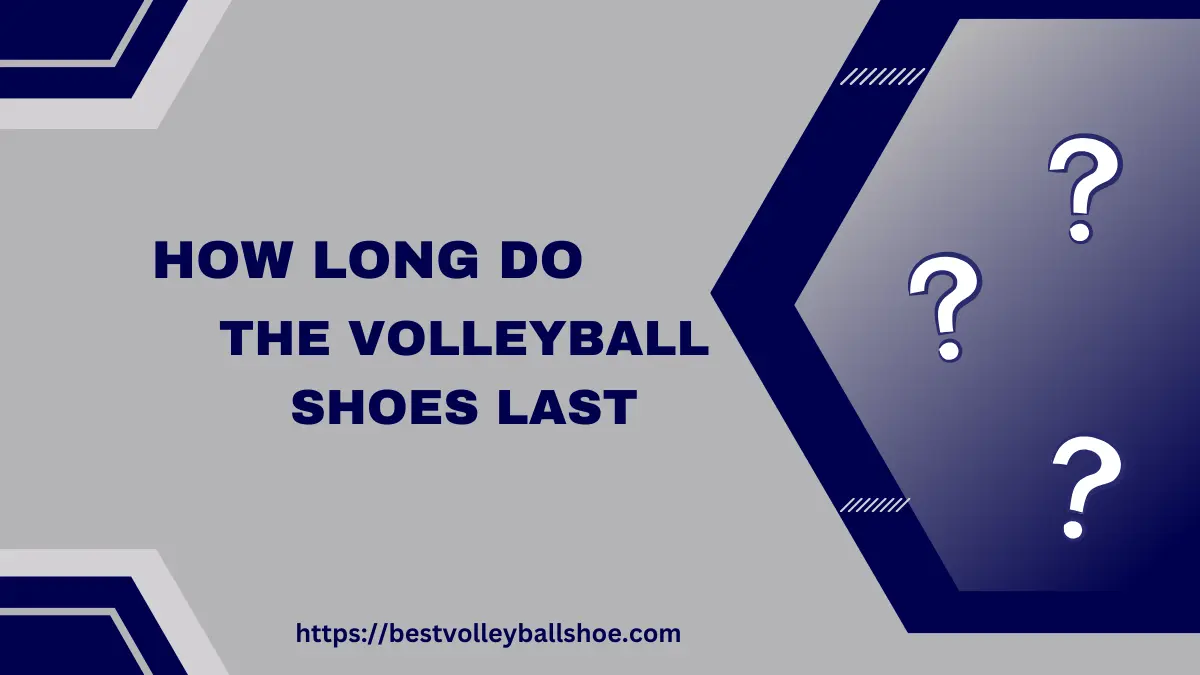
Like all athletic shoes volleyball shoes also aren’t immortal. There isn’t any specific period of their lifespan like 2 months or 3 months.
According to estimates volleyball shoe pairs last for one season and even two seasons depending on the quality, usage, and maintenance. However, as per my experience, these shoes last for one season with good maintenance and dedicated use.
In this article, I will be discussing the various factors affecting the lifespan of volleyball shoes and the time to change the shoes. Lastly, few tips for maintenance and longevity.
So explore the topic How Long Do Volleyball Shoes Last?
What Affects the Longevity of Volleyball Shoes?
As per my experience, there are 05 factors including maintenance, playing frequency, position and style, court surface, and foot size selection that affect the lifespan of a volleyball shoe.
1. Maintenance
Improper maintenance of any equipment will reduce its lifespan, regardless of quality and price. The same is the case with volleyball shoes. A poorly maintained volleyball shoe is prone to damage earlier than a properly maintained pair.
When I talk about care, it means cleaning shoes regularly, storing them in a dry place, and lastly drying them after every use them after getting dried.
2. Paying Frequency
Special foam technology is used in the construction of the midsole of volleyball shoes. Likewise, the breathable mesh material is used for making the shoe upper. Whereas, gum rubber is used in the outer sole of these shoes.
The material used in the midsole upper and outer sole has a specific life span after which its degradation is started.
So, if your playing frequency is more and you are an extensive user of the shoes. These will leave you earlier as they have completed their life span.
On average, if you wear shoes for 4-5 days a week, they are more likely to last for a season. On the other hand, if you use them for 2-3 days a week then they may last longer. Importantly, I am talking about the dedicated usage of the shoes.
3. Playing position and style
Playing position and style matters a lot as far as the lifespan of volleyball sneakers is concerned. The shoes worn by the spikers may last shorter due to the max jumping. The primary area of the shoes under stress for hitting position is the shoes’ midsole.
On the other hand, if you are playing a libero the outer sole of the shoes will degrade earlier
4. Court Surface
Volleyball shoes are designed for indoor courts and have a soft rubber in the outer sole for better grip and maintaining the court’s integrity. Additionally, the indoor court surfaces are not very hard for these shoes and avoid wear and tear.
Using these shoes outdoors may lead them to damage earlier as these surfaces are completely different from those indoors. However,
5. Foot Size Selection.
Foot size and shape are also important factors in affecting the lifespan of volleyball shoes. Athletes with heavy and wide feet do more and quicker damage to the shoes compared to lean and narrow feet athletes.
I will give an example of my brother with very wide feet. His feet are a real test of shoes in most instances.
When to Replace Volleyball Shoes?
It is beyond discussion that Volleyball shoes are made of mesh, rubber, and foam. So, while playing you’re putting different types of stresses and strains on the shoe. Therefore, It is kind of difficult to know exactly when your volleyball shoe is going to wear out versus another.
Luckily, there are a few simple and easy indications to know when your volleyball shoe needs replacement. I will be focusing on the all major shoe components i.e. outsole, midsole, and upper.
Tread Thickness in the Outersole
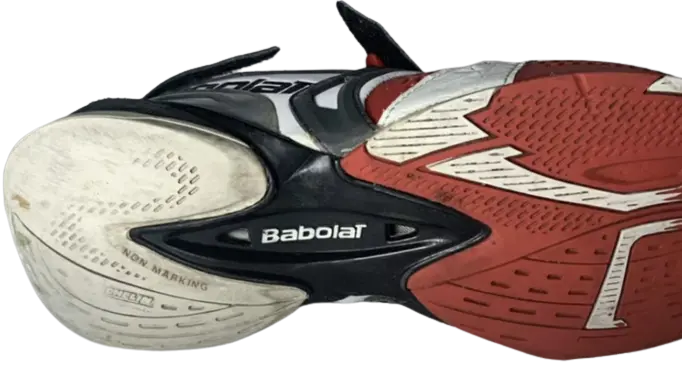
As per my observation, one of the most common reasons we see players with foot pain is because they’re wearing shoes that are way too old. They have bottomed out and they are no longer serving a purpose
Creasing/lining on the Midsole/Heal Area

Mileage
So it’s important to watch for those signs of wear and not rely solely on the mileage count.
09 Tips to Increase the Lifespan of Volleyball Shoes
The longevity of the volleyball shoe is of utmost importance for all ordinary volleyball players. On the other hand, this is not the case with professional players. It is due to budgetary constraints as most players at low levels cannot afford to wear a new kick after every month or a tournament.
Here are a few tips that I followed myself at the initial stage of my volleyball career.
1. Opt For Good Quality Volleyball Shoes
2. Use Volleyball-Specific Shoes
3. Inspect your Shoes Regularly
4. Rotate Usage
5. Store Shoes in a Dry Place
6. Clean Your Shoes After Every Use
7. Avoid Misuse
8. Dont Use Indoor Volleyball Shoes for Outdoor Volleyball
9. Select Proper Fit
Final Thoughts
Volleyball shoes don’t last forever and need replacement after a considerable period. Loss of thread thickness in the outer sole, and the visible creasing/lining in the midsole especially in the heel area are the key indicators of shoe replacement.
Prolonged use of worn-out volleyball shoes can lead to different injuries like ankle sprains, plantar fasciitis, Achilles issues, and knee hip back problems.
Therefore, it is advisable to replace your volleyball shoes once they have gone through their shelf life.
Lastly, the longevity of shoes can be increased by proper maintenance, looking after them, storing them in dry places, and avoiding misuse.
Frequently Asked Questions
Can You Wear Athletic Shoes With a Ripped Upper?
If you’ve torn or rubbed a hole in the upper part of your shoe, simply using flex tape or shoe glue may not be a reliable or safe solution.
When the upper part of the shoe is damaged to the extent that it no longer effectively supports or encases your foot, it can compromise the structural integrity of the shoe. This can lead to an inadequate connection between the midsole and outsole, potentially causing issues like sprains, strains, or a lack of stability.
If the upper of your shoe is significantly torn or ripped, rendering it unable to properly contain and support your foot, it’s best to consider the shoe as no longer suitable for use. Continuing to wear such damaged shoes could result in potential injury, especially as they won’t offer the necessary support and stability for your feet.
If you find yourself consistently rubbing holes in the upper part of your shoes due to abnormal foot movement, using moleskin underneath the affected area or considering custom orthotics could help minimize the rubbing and prevent further damage.
When Do the Professional Players Replace Their Shoes?
Professional players have no issues with durability and budget like ordinary players. The pro players do not stick to a single shoe brand and model. They change their shoes frequently after a tournament and even after a match.
I have also written a detailed article about the shoes of professional players.
How often should volleyball shoes be replaced?
It depends on how often you play, but a good rule of thumb is to replace them every season or after about 6 months of regular use to ensure optimal performance and support.

